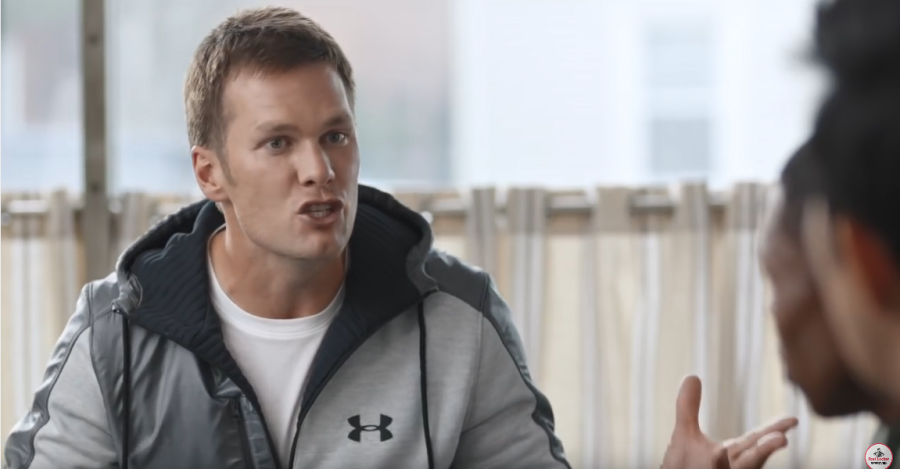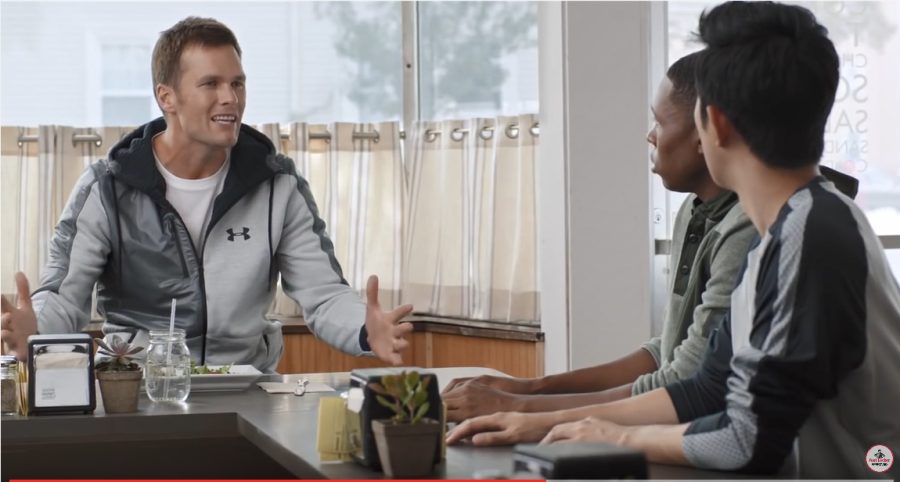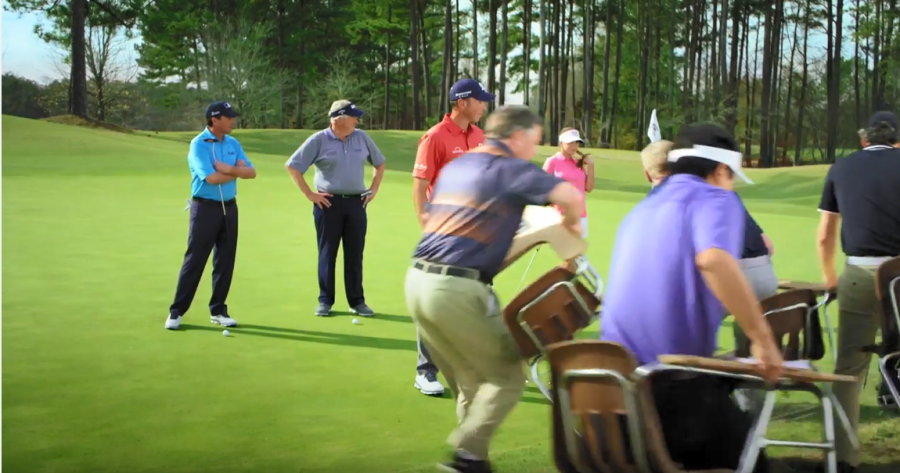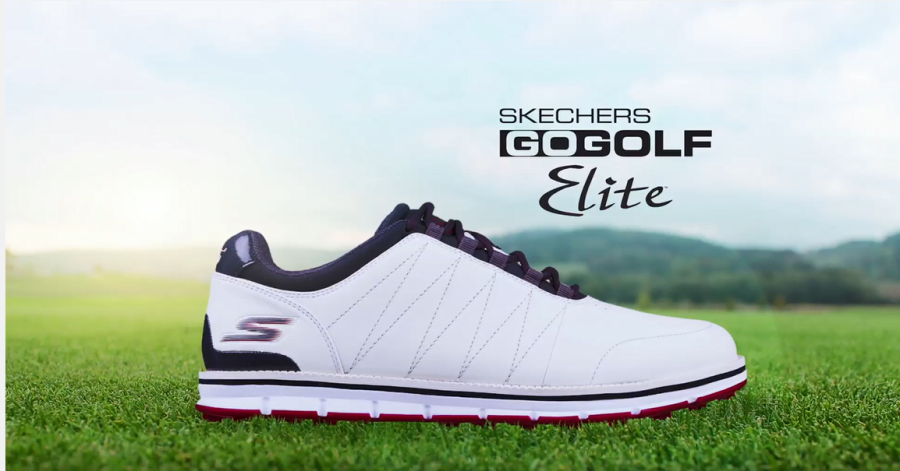
Wawa, a Mid-Atlantic regional convenience store, is one of the most recognized brands in the region. The store is known for its fresh, in-house, food products, great service, and its numerous locations. There is, however, an emotional sentiment tied to the company that can be invoked by using the right visual and audio elements – the brand story. This final project will develop a brand video for Wawa, starting by building out the guiding document of this project, the creative brief.
Creative brief
- What do you know about the product and its history?
Wawa is a regional convenience store that was founded in 1964. There are more than 645 Wawa locations throughout the East Coast. Wawa is known for its built-to-order hoagies and fresh brewed coffee. Additionally, Wawa offers a wide-variety of food and drinks, gas, and in one location in PA…beer!
- Whom are we talking to?
Wawa’s audience is local residents looking to fulfill their tangible needs of foods, drinks, etc., but also looking to fulfill needs of loyalty, community, and familiarity through the consistent presence of Wawa. Those in the local region more than likely know what Wawa is, and have visited a location before. If they do not live in the region, these assumptions can’t be made.
- What do they currently think?
Wawa’s current customers associate Wawa with those feelings of familiarity and community. It’s not uncommon for Wawa customers to have their “local” or “regular” Wawa location that they’d visit a number of times a week or more. We want Wawa customers to associate the brand with the feeling of loyalty and community, even those customers who are visiting Wawa for the first time.
- What’s the negative?
As mentioned in my post last week, I do think that there’s a negative connotation to the quality of food at Wawa. People think, “it’s a gas station, how good could the food really be?” Additionally, those who don’t regularly interact with Wawa have a feeling of “what’s the big deal?” Those that don’t experience Wawa normally, may not feel excluded by the brand, but the customer loyalty and “division” caused by the loyalty may be a turn-off for some.
- What’s the brand?
Fresh food, cold drinks, and community.
The brand video
The themes of community and loyalty are strong elements to the Wawa brand, and can be accentuated through the brand video. In this proposed video, a man visits Wawa as a part of his everyday routine, and the interactions he has there help tell the story of Wawa.
| Video | Audio |
| Wide shot (WS) Early morning – A car drives up to the outside of a convenience store with the Wawa sign illuminated | Ambient noise. The sound of a car’s tires on pavement as the car rolls into a parking space. |
| Close up (CU): A hand is shown shutting a car door. The shot stays in the same place as the background is brought into focus and shows a man walking into Wawa. | Car door shutting noise |
| MS: The man walks through the store, the camera follows him as he walks to a coffee machine | Music plays in the background on the store speakers |
| CU: A row of coffee machines are shown with the man pouring his coffee into a cup from one of the machines | The music plays in the background a little softer.
The sound of coffee pouring into the cup is amplified |
| Medium shot (MS): The man is shown looking away at someone off camera | Man: Hey, good morning! Nice to see you again. |
| MS: The person the man was talking to, a Wawa employee, is shown and begins in conversation with the man. | Employee: Thanks! Good morning to you too. We just put out a new batch of Sizzli’s. You should grab one. |
| MS: A different Wawa employee is shown at the register as the man walks into the shot with his coffee and a breakfast sandwich. | Employee: Thanks for stopping in. Have a great day!
Man: Thank you! You as well. Employee: Same time tomorrow? Man: You know it!
|
| WS: Early morning – the same man is shown, wearing different clothes, walking into the Wawa and waves to an employee | Different music plays on the speakers
Man: Hey! Good morning. |
| MS: As the man is walking out of the Wawa, he sees someone he recognizes, who walks on screen. The two people (friends) engage in a brief conversation before going their separate ways | Store music in the background
Man: Hey Chris! Nice to see you man, it’s been a while! Chris: Hey! You too. How’s everything been? Man: Good, man. Just heading in to the office. Chris: Cool, man. We’ll have to catch up soon. Man: For sure. Nice to see you. |
| WS: The man’s car pulls into the Wawa and stops at a gas pump | Ambient noise, car tires on pavement pulling into the gas station |
| WS: The man is standing at his car filling in gas, drinking his Wawa coffee | Outside ambient noise. Light music from gas station speakers
The man softly hums the tune of the song while filling up his gas |
| MS: The man walks through the Wawa to the back and stops at a touch screen | Ambient noise. Light music playing on Wawa speakers. Indistinct conversations occur off screen.
As the man walks closer to the deli touch screen ambient sounds of workers putting together sandwiches can be heard. |
| MS: Over the back shot of the man scrolling through the ordering options from Wawa’s sandwich and hot food menu | Ambient Wawa noises continue while tapping noises are heard |
| CU: The man’s order prints out and he rips off his receipt | Ambient Wawa noises continue
Paper printing noise
Ripping noise |
| MS: A Wawa employee finishes up a sandwich order and places it on the deli counter and calls out a number. The man walks up and picks up the sandwich. | Employee: Number 120, Italian shortie!
Man (off-screen): That’s me |
| MCU: The man takes the sandwich and says something to the Wawa employee | Man: Ooh, do you mind if I get a side of pickles too? |
| MCU: The Wawa employee responds, and hands the man a small container | Employee: Sure, boss. I got you.
Employee: Here you go. Have a good one. |
| MCU: The man gestures to the employee and walks off-screen | Man: Thanks, man. I appreciate it. You have a good one too. |
| MS: The man, wearing different clothes, walks up to the register, he looks up. | Ambient Wawa noises |
| MC: A Wawa employee is shown behind the register, but behind the employee the camera zooms in on a poster. | Beeping noises from a cash register are heard along with ambient Wawa noises |
| CU: The poster is shown, it reads “Wawa Charity 5k run tomorrow!” | Beeping noises from a cash register are heard along with ambient Wawa noises.
Cashier: We’re expecting a good turnout for the run tomorrow. |
| MS: The Wawa employee is talking to the man. | Cashier: Hoping the weather will be nice. You should come out, it’ll be a fun time. |
| MS: The man is shown smiling, and he responds to the Wawa employee and walks out. | Man: You know what? I’m free tomorrow, I’ll be there. |
| WS: At an outdoor park – A large banner is shown advertising the Wawa Charity 5K run | Ambient noise – Indistinct crowd conversations and lively music over loud speakers |
| WS: Runners are shown warming up and groups and families are shown sitting, walking, and engaging in conversation | Ambient noise – Indistinct crowd conversations and lively music over loud speakers |
| MS: The man is shown stretching, getting ready to run | The ambient noise gets slightly softer. |
| MCU: The man bends over to tie his shoes as someone walks into the foreground. The man looks up | Ambient noise
Employee: You made it! Good to see you. |
| MCU: From above, a Wawa employee from earlier in the week speaks to the man | Employee: Would you like your normal order of coffee and a sizzlie? |
| MC: The man jumps up and responds to the employee. | Man: Ha, no thanks. I’ll stick with a water. Glad I could make it and glad you guys do stuff like this for the community. I’ll catch you later. |
| MC: A race starter is shown on a loudspeaker. | Starter: Runners, we’ll be starting shortly. Please make your way to the start line. |
| CU: The man lines up to get ready to run. | Ambient noise. |
| MC: The runners begin to run off screen as the picture fades. | Horn goes off
Sound of cheering
Sound of shoes stepping on the pavement |
| Picture faded but with running occurring in the background.
On screen: Wawa logo and the text “We’re more than hoagies and coffee, we’re a part of your community.” |
Ambient noise continues, volume lessens slightly. |

































